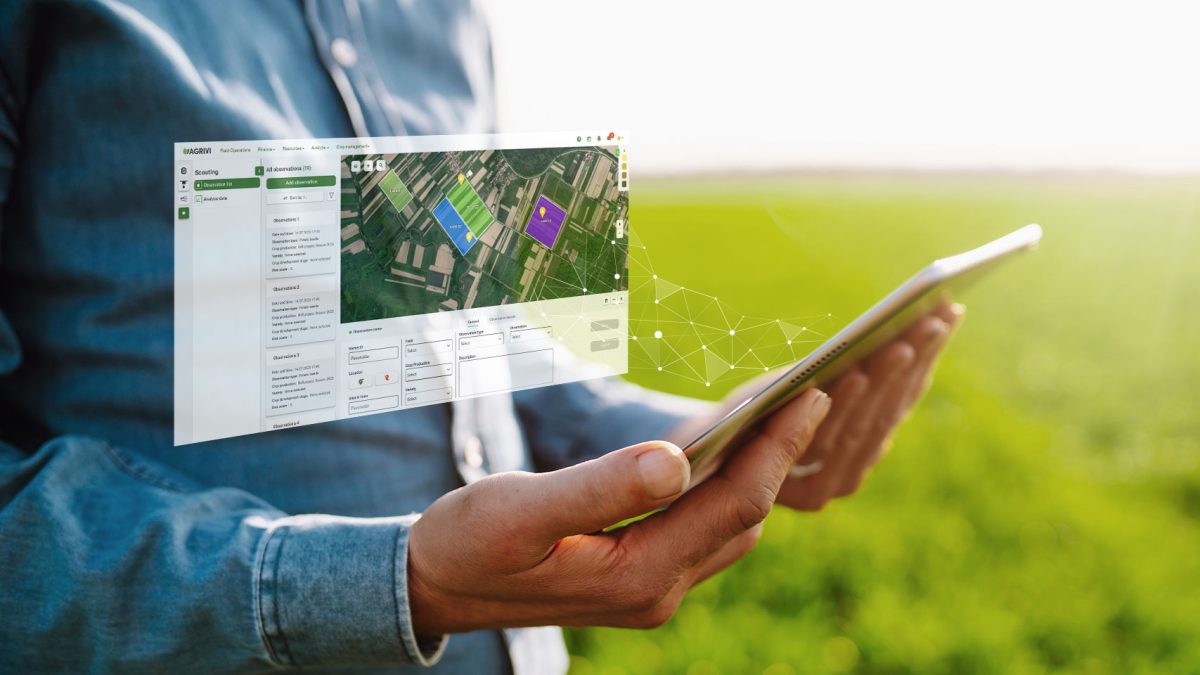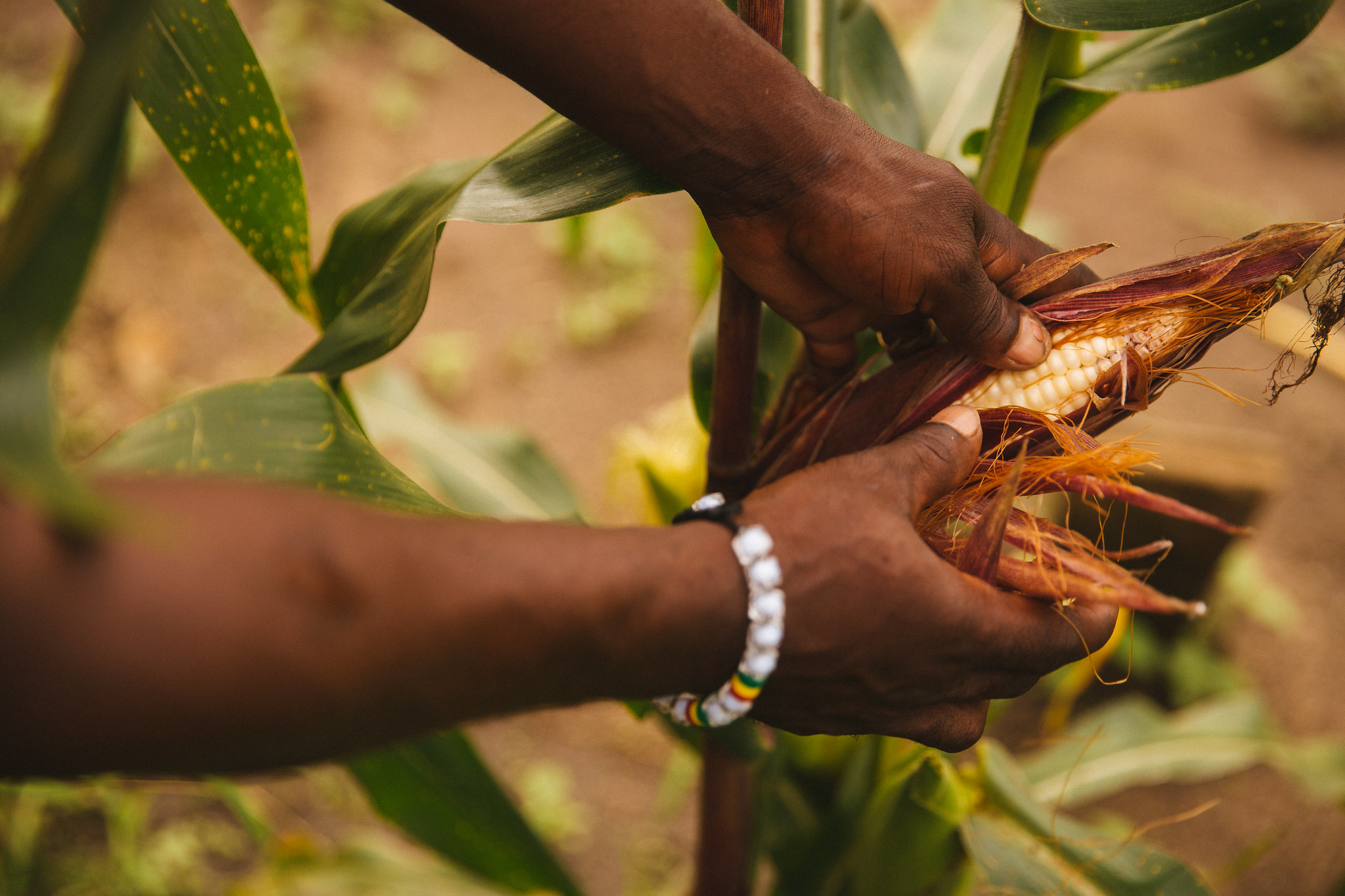Editor’s Note: Global food prices have risen significantly since the pre-pandemic period, creating pressure on farmers to increase profit while simultaneously managing various risks. This piece explores how digital farm management tools offer a strategic solution, enabling data-led decisions that improve efficiency, optimise inputs, and strengthen resilience across increasingly volatile agricultural markets.
A recent McKinsey report shows that, for the third year running, farmers worldwide are grappling with rising input costs, unpredictable weather and volatile commodity prices. As a result, many farmers are prioritising efficiency and sustainability, but with increasing focus on return on investment (ROI). This is where a comprehensive farm management technology solution stands out, delivering measurable ROI within just one or two seasons, much faster than traditional investments like new machinery or irrigation systems.
Overcoming challenges with data-driven technology
At the end of a farming season, every farmer should be fully aware of the profitability and productivity of their agricultural production. Aiming to be productive, farmers are faced with many factors limiting a farm’s productivity. Available land, cost of agricultural commodities, challenging weather conditions, problems with market access, poor knowledge and lack of new technologies all affect the performance of a farm.
While farm productivity is important for maximising the amount of output that can be generated from available resources, farm profitability is critical for ensuring the financial viability of the farm business.

In order to facilitate farmers’ lives and improve their profitability, data-driven farm management is the only safe way to make smart business decisions. Data-driven farm management supports farmers to measure all aspects of their business, from soil and crop performance to financials. That way, farmers can make business decisions based on data, instead of relying on gut feeling. After all, having an insight into data is crucial for increasing farmers’ productivity, sustainability and finally, profitability.
Revolutionising farm profitability: the power of digital agriculture
Farmers generally do not have control over the price of their crops in the market, as it is determined by various factors such as supply and demand, weather conditions and government policies. Therefore, farmers need to focus on two areas where they can have some control to maximise their profits: securing high yield and crop quality and saving costs in terms of efficient input application and efficient farm operations.
By focusing on making better agronomic decisions based on real-time insights in these two areas, farmers can improve their overall profitability even if they are unable to control the price at which their crops are sold.
Global leading farm management software, AGRIVI 360 Farm Enterprise, for example, offers a wide set of decision-making supports for farms in making both agronomic and economic decisions. Using precision agriculture solutions offered through the software, farmers experience up to 23 per cent savings on inputs. Also, farmers experience up to 10 per cent revenue increase across farms in their cooperative by improving productivity and yield volumes.
Ultimately, by fully utilising all available functionalities of the platform throughout the seasons, farmers can achieve an average reduction of 5-10 per cent in their total operational costs, as indicated by the internal data.
Increasing revenue in Barbados by using farm management software
The Barbados Agricultural Management Company (BAMC) is one of many farms that have increased their revenue by using a farm management software. The BAMC manages 30 per cent of Barbados’ sugar industry. They grow sugar cane, starch crops and cotton for export to Europe. The BAMC also advises the Ministry of Agriculture and Food Security and provides guidance to farmers on sugar cane research and other crops.
Sugar cane production, which was the backbone of the Barbados economy for decades, has been in decline in recent years. Because of this, the amount of land used for cultivation is also decreasing, which led from producing 1.2 million tons of sugar cane to only 100,000 tons.
Thus, the BAMC was faced with a huge challenge. In order to prevent further losses and improve their farm business, they wanted to bring more land back into production and increase the yield on the existing land. To bring their farm management to the next level and help solve their challenges, they decided to implement farm management software. With better data-driven decisions, BAMC increased sugar cane revenue by 15 per cent in only one season.
For farmers aiming to cut costs and maximise returns, a comprehensive farm management platform may be the smartest investment they can make this season.






